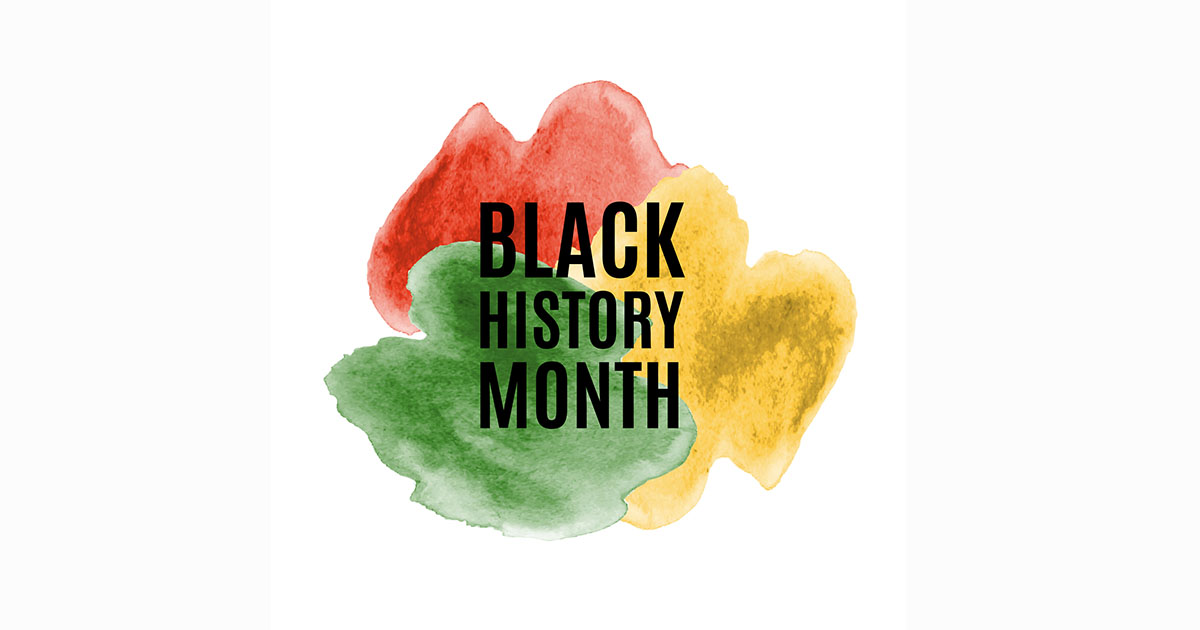Black History Month: Why is Canada's Underground Railroad Important?

The Underground Railroad brought at least 30,000 slaves to freedom in British North America, now Canada, through a secret network of safe houses.
February is Black History Month. The Underground Railroad in Canada is an inspiring historical example of the bravery of Black American slaves seeking freedom in the 30 years before the Civil War (1860-1865).
The Underground Railroad in Canada
The Underground Railroad was a network of safe houses organized by abolitionists in Canada, in slave states, and free states. It was a system of escape routes from the southern U.S., through the north, and into Canada.
Safehouses were known as stations, the people who lived there were called Stationmasters, and activists like free Blacks and Quakers, who led people to freedom, were Conductors.
The Underground Railroad depended on cooperation and trust between ethnic and religious groups. People seeking freedom would travel hundreds of miles by night on foot, by coach, or by train by night with little food. They developed a code for messages and instructions using secret passwords and spiritual songs.
Propaganda and the fight for Black freedom
Slave owners tried to discourage slaves from escaping by telling them lies like that the Detroit River was 3,000 miles wide and that abolitionists were cannibals. Others stood up for the rights of enslaved people by telling them the truth; for example, Mary Ann Shadd, a Black woman born in Delaware who moved to Canada, wrote a booklet for American Black people titled A Plea for Emigration, or; Notes of Canada West in its Moral, Social and Political Aspect.
Many freed slaves, like Harriet Tubman, risked their lives to return to the U.S. to help others. She was born in 1820 and escaped slavery to St. Catharines, Ont., in 1851. She travelled back to the U.S. 19 times to help others escape.
"There are two things I had a right to - liberty or death. If I could not have one, I would have the other, for no man should take me alive," said Tubman. Even a $40,000 bounty on her head did not stop her.
While Canadians played a central role in ending slavery with the Underground Railroad, Black Americans still faced racial conflict in Canada, and it is important to remember that Canada has a history of slavery, although it was illegal in Upper Canada, now Ontario.
The Act Against Slavery
The Underground Railroad was possible in part because of the 1793 Act Against Slavery, which was passed in Ontario, then known as Upper Canada. It was the first British colony where slavery was illegal and all slaves were free after crossing into Upper Canada. The Act Against Slavery did not free enslaved people directly and children of slaves were freed after they reached 25, but it made it illegal to bring slaves into Upper Canada.
In 1841 Upper Canada became known as Canada West. Black men could vote and own property if they met property requirements. Refugees could receive education subsidies and buy land at a reduced rate.
The Underground Railroad continued to be important after 1850. Before 1850, slaves who escaped into the northern United States from the Southern states were free, but then the Fugitive Slave Act was passed. This meant that slaves who escaped could be captured and returned to their owners, even years later.
Slavery in Canada
Slavery was common in the colony of New France, which was the first major settlement in today's Canada and was founded in the early 1600s.
The British conquered New France in 1763 and found documentation of around 3,600 enslaved people, most of whom were Indigenous and some who were Black and came from the transatlantic slave trade. The territory was renamed British North America and slavery continued.
Slaves made up a smaller percentage of the overall population than they did in the States and some of the worst aspects of slavery were not practiced. But slaves were exploited and stripped of human rights and physical and sexual abuse was always a threat.
While Canadians played a central role in ending slavery with the Underground Railroad, Black Americans still faced racial conflict in Canada, and it is important to remember that Canada has a history of slavery.
Black History Month 2023
The 2023 Black History Month theme is “Black Resistance” and emphasizes how “African Americans have resisted historic and ongoing oppression, in all forms, especially the racial terrorism of lynching, racial pogroms, and police killings."
Black History Month is celebrated in the U.S., Canada, the U.K., and other countries.



.jpg?300x300)